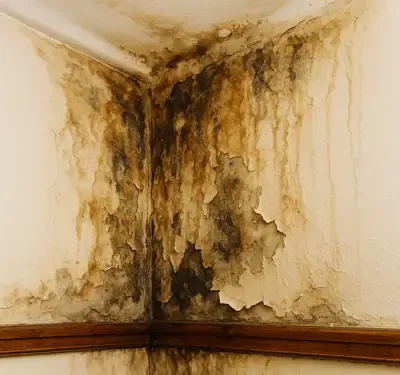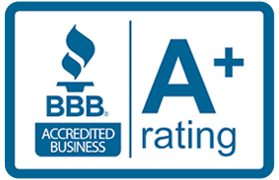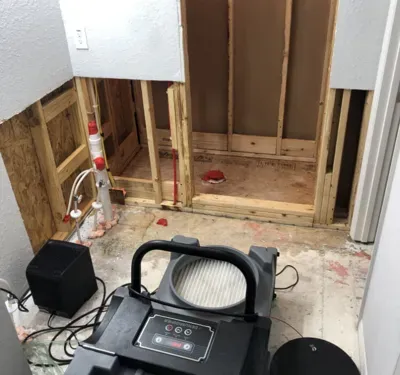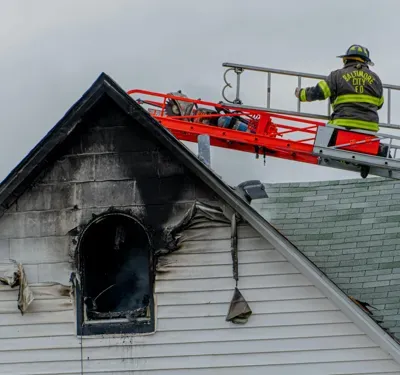Mold in HVAC Systems: How It Happens and How to Fix It
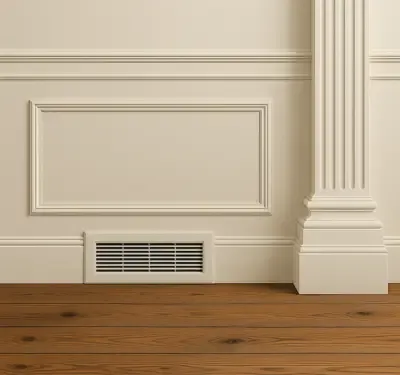
Mold can thrive in HVAC systems due to Tampa’s humid climate, causing health issues and costly repairs. Regular maintenance and professional mold remediation services can effectively address and prevent mold problems in your HVAC.
When You Might Have Mold in Your HVAC System
Have you noticed a strange, musty smell every time your air conditioner kicks on? Maybe your allergies worsen at home without an apparent reason. These issues might point directly to mold in your HVAC system. While mold is common in humid environments like Tampa, finding it in your heating and cooling system is concerning.
In this article, we’ll explain how mold gets into your HVAC system, the problems it can cause, and, most importantly, how you can fix it.
Why Mold Loves Your HVAC System
Your HVAC system isn’t just your home’s comfort controller—it can also unintentionally become the perfect environment for mold. Mold spores are always in the air, just waiting for a damp, dark place to settle. Your HVAC system often provides exactly these conditions, especially here in humid Tampa.
When your air conditioner cools your home, condensation naturally occurs within the unit. Normally, this condensation drains away. But sometimes moisture gets trapped, particularly if the drainage system isn’t working correctly or the filters become clogged. That’s when mold spores spring into action, taking hold and spreading quickly.
Signs Your HVAC System Has Mold
How do you know if your air conditioner has a mold issue? Keep an eye (and nose!) out for these telltale signs:
- Musty or Moldy Smell: One of the first and most obvious indicators. If turning on your HVAC brings unpleasant odors, mold could be the culprit.
- Visible Mold Around Vents: Look carefully around your vents. Dark spots, fuzzy growths, or discoloration are strong signs.
- Allergic Reactions: If you or your family experience increased allergies or respiratory problems indoors, hidden mold in your HVAC could be the cause.
Why Mold in Your HVAC Is a Big Deal
Mold is a serious health concern. When your HVAC blows air through mold-contaminated ducts, mold spores spread throughout your home, negatively impacting indoor air quality. Exposure to mold spores can lead to:
- Respiratory problems
- Increased asthma attacks
- Persistent allergy symptoms
Addressing mold quickly is crucial for your family’s health, but remediation is a serious undertaking that requires a scientific approach.
Tackling HVAC Mold: Can You DIY?
While it’s tempting to try a DIY approach, HVAC mold removal isn’t a simple weekend task. Mold often grows deep within the system, beyond what’s visible from vents. Effective mold services involve cleaning coils, drain pans, ducts, and air handlers—tasks best left to professionals.
Professional HVAC Mold Removal Process
Hiring professional mold remediation services ensures the issue is addressed thoroughly. Here’s what you can expect from an HVAC cleaning in Tampa:
- Inspection and Assessment: Technicians first locate sources and evaluate the severity of the problem. (Learn the difference between mold testing and inspection.)
- Containment: They’ll seal off the area to prevent spores from spreading during the cleaning process.
- Mold Removal and Cleaning: Specialized equipment and antimicrobial solutions remove and kill mold spores.
- HVAC System Cleaning: Deep-cleaning of your ducts, air handlers, and coils ensures mold spores are completely eliminated.
- Restoration and Prevention: Technicians repair or replace damaged parts and provide guidance on preventing future mold growth.
How to Prevent HVAC Mold in the Future
Prevention is your best tool against mold. Here’s how you can avoid future problems:
- Regular Maintenance: Schedule annual HVAC inspections and cleanings.
- Replace Filters: Change air filters every 30-60 days, especially during Tampa’s humid summer.
- Control Humidity: Use a dehumidifier or your AC’s dehumidification feature to keep indoor humidity below 50%.
- Improve Ventilation: Ensure proper ventilation throughout your home, particularly in moisture-prone areas like bathrooms and kitchens.
HVAC Mold Removal in Tampa: Get the Help You Need
Don’t wait for mold to become a bigger issue. At Tampa Emergency Restoration Pros, we specialize in HVAC mold removal, offering thorough, effective mold remediation services. Our certified experts understand Tampa’s climate and provide solutions designed specifically for our local environment.
Contact us today to schedule your HVAC cleaning and protect your home’s air quality and your family’s health.
FAQs About Mold in HVAC Systems
Q: Can mold in HVAC systems cause health issues?
A: Yes. When mold spores circulate through your HVAC system, they’re spread to every room in the house, which can significantly impact indoor air quality. This exposure may trigger respiratory issues, allergic reactions, asthma flare-ups, and other health problems—especially for those with preexisting conditions or weakened immune systems.
Q: How often should my HVAC system be inspected for mold?
A: In humid areas like Tampa, an annual inspection is strongly recommended to prevent mold growth. Homes with prior water damage, poor ventilation, or noticeable mold symptoms may benefit from more frequent checks and regular duct cleaning to keep the air clean and safe.
Q: Is professional HVAC cleaning necessary, or can I handle it myself?
A: Professional cleaning is advised because mold in HVAC systems often forms deep within ducts, coils, and other components that DIY methods can’t reach. Experts use specialized tools and disinfectants to thoroughly remove mold and improve system performance.
Q: How do professionals remove mold from HVAC systems?
A: Restoration pros use HEPA-filter vacuums, antimicrobial foggers, and manual scrubbing techniques to remove mold from air ducts and system parts. They may also replace filters and advise on moisture control to prevent future growth.
Q: Can HVAC mold return after cleaning?
A: Yes, mold can return if the underlying moisture problem isn’t addressed. Long-term prevention includes maintaining proper humidity levels, fixing leaks quickly, and scheduling routine HVAC maintenance to keep conditions unfavorable for mold growth.
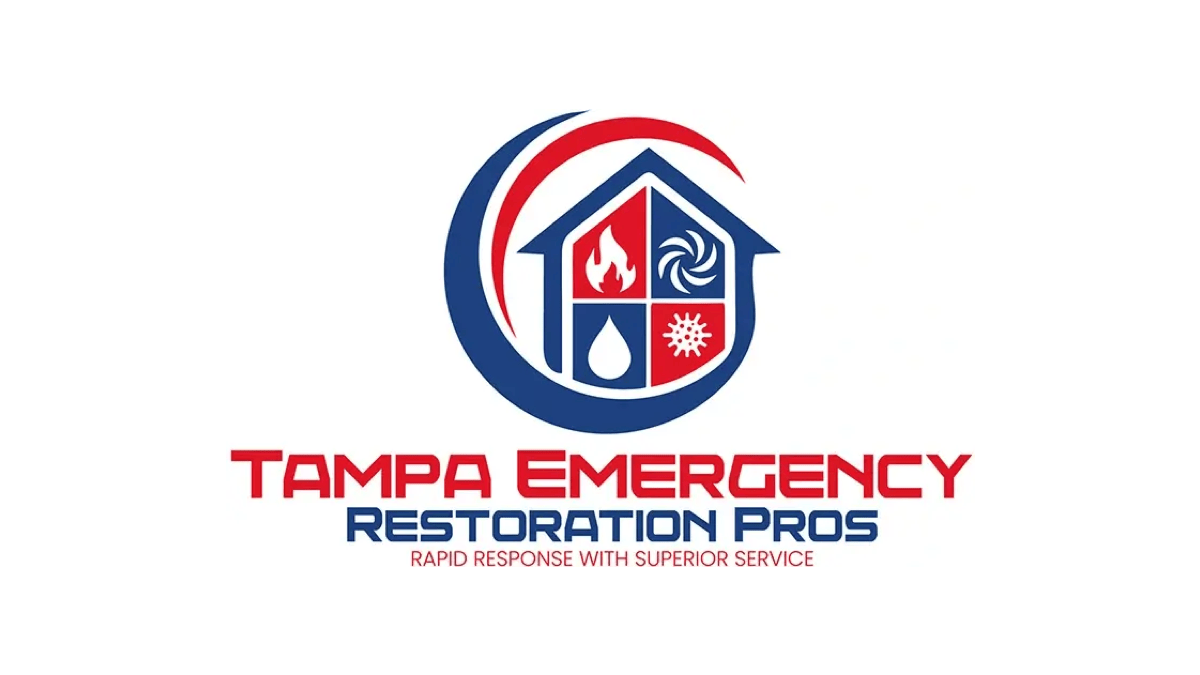
Other Blogs You May Be Interested In
Categories
